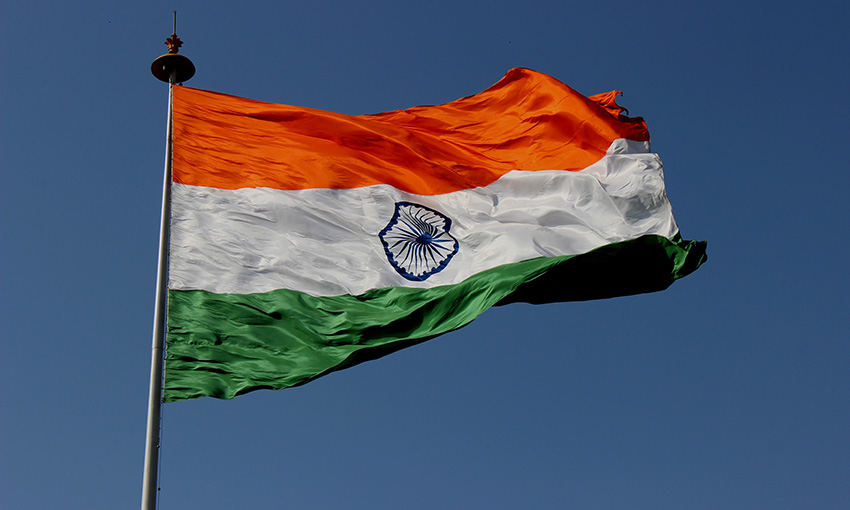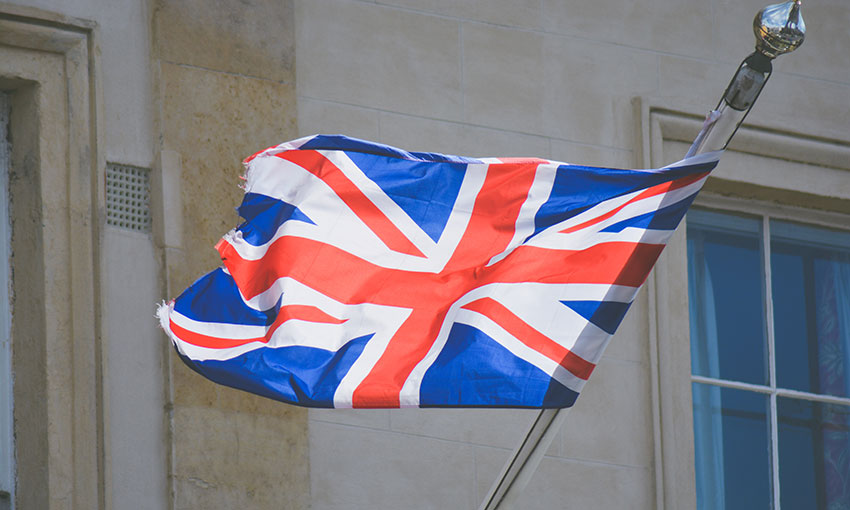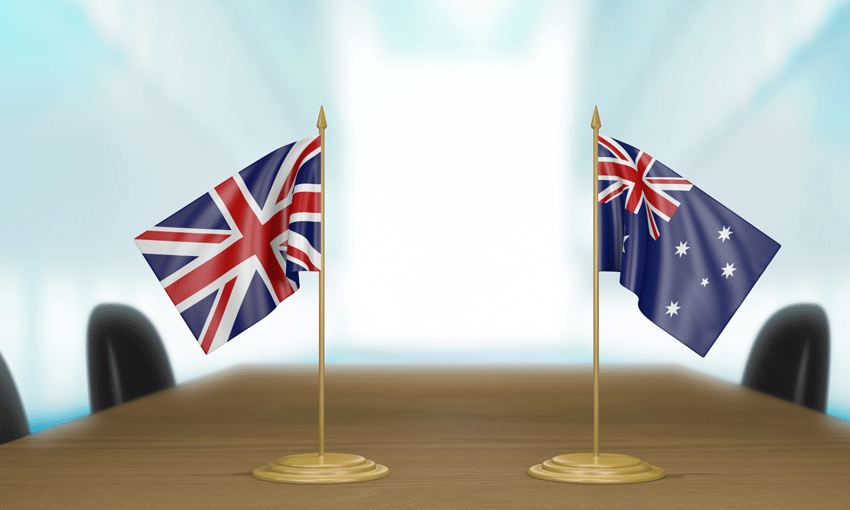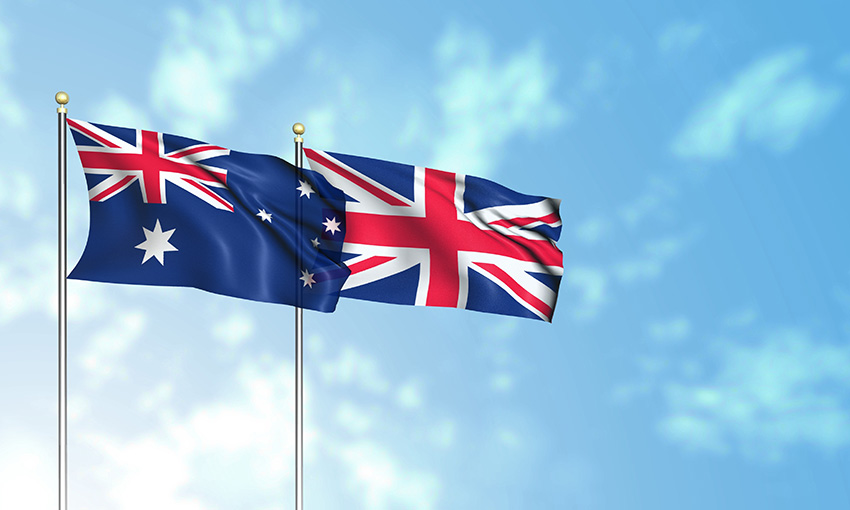AFTER a long series of false starts, Australia and India have finally completed the first stage of a two-stage process that will result in a full Australia-India Comprehensive Economic Cooperation Agreement (AICEPA) towards the end of 2022.
That first stage is the signature by Australia and India of an interim agreement known as the Australia-India Economic Cooperation and Trade Agreement (AI ECTA) to provide the basis for the AICEPA which will include more immediate trade and investment outcomes.
This represents the result of many years of stalled negotiations which started in May 2011 during a visit to Australia by the Indian Prime Minister who was present in the Australian Parliament. At that time, the (then) Australian Prime Minister stated that the two countries were commencing negotiations with a view to complete AICEPA within a year.
Subsequently, those negotiations did not proceed as intended and they were suspended in 2015 when it became clear that both countries did not share the same aims from a bilateral deal. One of the reasons behind that suspension was that India and Australia were parties to negotiations for the Regional Comprehensive Economic Partnership Agreement (RCEP) and it was hoped that liberalisation of trade between the countries could be facilitated through the RCEP. However, India withdrew from the RCEP negotiations before they were concluded, in part due to the concerns of concessions to China as part of the RCEP.
The process to advance a deal with India was refreshed in September 2021 when there were announcements following a visit by the Australian Minister for Trade to India that there would be an “interim agreement” by the end of 2021 followed by a full AICEPA. The new initiatives were seen as a counter to ongoing trade uncertainties with China. That timetable was not achieved but there were further announcements in February 2022 that the interim agreement would be concluded by the end of March 2022 with the full AICEPA by the end of 2022. Hopes that this revised schedule would work were bolstered by provisions in the Federal Budget for 2022-2023 for $280 million in additional investment and increased defence co-operation. Finally, reports in the media on 1 April 2022 and on subsequent days confirmed that the countries had concluded and signed the AI CETA.
An outline of some of the commercial outcomes from the AI CETA are summarised in the media release of the Trade Minister at https://www.trademinister.gov.au/minister/dan-tehan/media-release/historic-trade-deal-india. According to that media release, the highlights for Australia include the following.
- Sheep meat tariffs of 30% will be eliminated on entry into force, providing a boost for Australian exports that already command nearly 20% of India’s market.
- Wool will have the current 2.5% tariffs eliminated on entry into force, supporting Australia’s second-largest market for wool products.
- Tariffs on wine with a minimum import price of US$5 per bottle will be reduced from 150% to 100% on entry into force and subsequently to 50% over 10 years (based on Indian wholesale price index for wine).
- Tariffs on wine bottles with minimum import price of US$15 will be reduced from 150% to 75% on entry into force and subsequently to 25% over 10 years (based on Indian wholesale price index for wine).
- Tariffs up to 30% on avocados, onions, broad beans, kidney beans, adzuki beans, cherries, shelled pistachios, macadamias, cashews in-shell, blueberries, raspberries, blackberries and currants will be eliminated over seven years.
- Tariffs on almonds, lentils, oranges, mandarins, pears, apricots and strawberries will be reduced, improving opportunities for Australia’s horticulture industry to supply India’s growing food demand.
- The resources sector will benefit from the elimination of tariffs on entry into force for coal, alumina, metallic ores, including manganese, copper and nickel; and critical minerals including titanium and zirconium.
- LNG tariffs will be bound at 0% at entry into force.
- Tariffs on pharmaceutical products and certain medical devices will be eliminated over five and seven years.
These initiatives will build on the $24.3 billion of trade between the countries in 2020. In commercial terms, India will be seeking to increase the provision of technology-related services, which are currently in demand in Australia. Tariffs will reportedly be eliminated on more than 85% of Australian goods exports to India, valued at more than $12.6 billion a year, rising to almost 91% over 10 years. Importantly, the AI CETA will deliver new export opportunities for barley, sheep meat and wine, many of which goods have been subject to recent import controls by China leading to Australia commencing dispute resolution procedures against China at the World Trade Organisation. Changes to increase exports of dairy may prove to be unlikely as India is also negotiating with New Zealand and local Indian dairy producers are concerned at being swamped by exports from both Australia and New Zealand.
Those in the supply chain will be equally interested in the technical aspects of AI CETA which is available on the DFAT website at https://www.dfat.gov.au/trade/agreements/negotiations/aifta/australia-india-ecta-official-text and comprises 14 chapters and a number of side letters on trade in some goods. This includes the requirement that at the point of import, originating goods will need to be accompanied by a certificate of origin issued by an “issuing body or authority” (Article 4.15, of the AI CETA) as opposed to a process of self-certification in a declaration of origin by the exporter or original producer of the goods. There are also consignment rules in Article 4.14 of the AI CETA requiring goods being exported through third countries to remain under customs control in those third countries and which provisions also limit what can be done to the goods in those third countries.
More details will be provided once the terms of the AI CETA are analysed. The positive outcome of the negotiations with India takes place against a background of some tensions in our wider relationship with India. Although India and Australia are members of the “Quad” Security Alliance, that has yet to deliver significant outcomes and India has also been subject to criticisms from its failure to openly denounce the Russian invasion of the Ukraine. Further, it appears that India and Russia are in negotiations so that India will facilitate an arrangement to secure Russian resources at advantageous prices and India will provide an avenue for Russian interests to engage in international financial trade from which Russia has otherwise been excluded.
The signing of the AI CETA can be seen as a pivot from both countries to open markets away from the reliance on China and we look forward to details on commencement of the AI CETA and the conclusion of the AICEPA.





